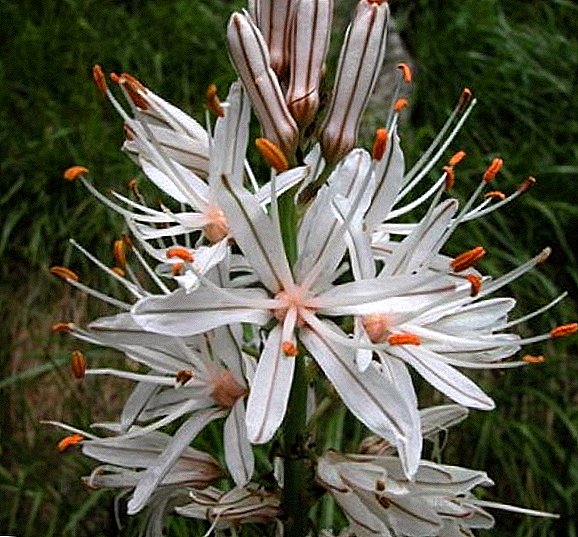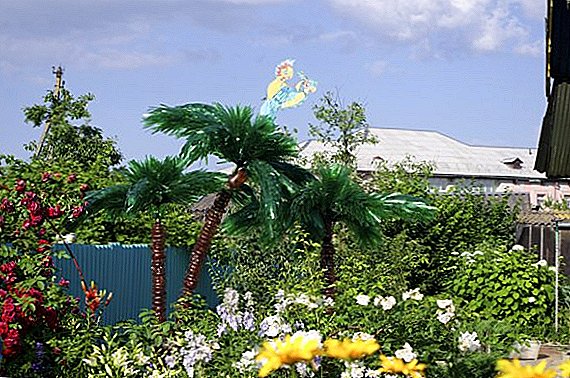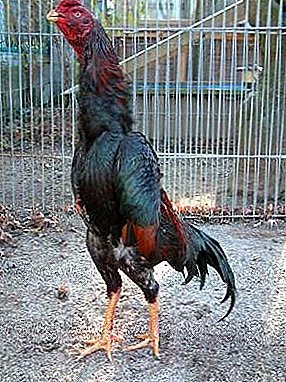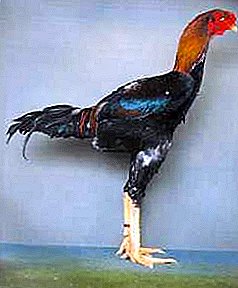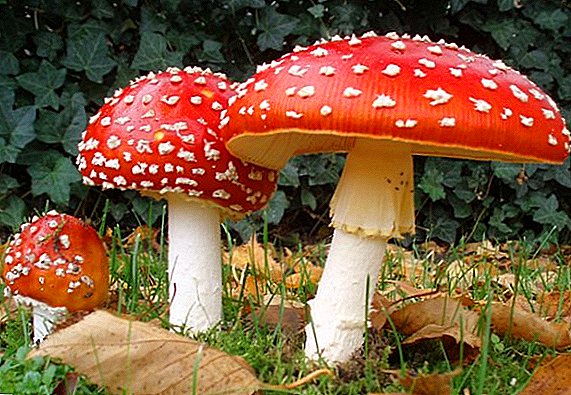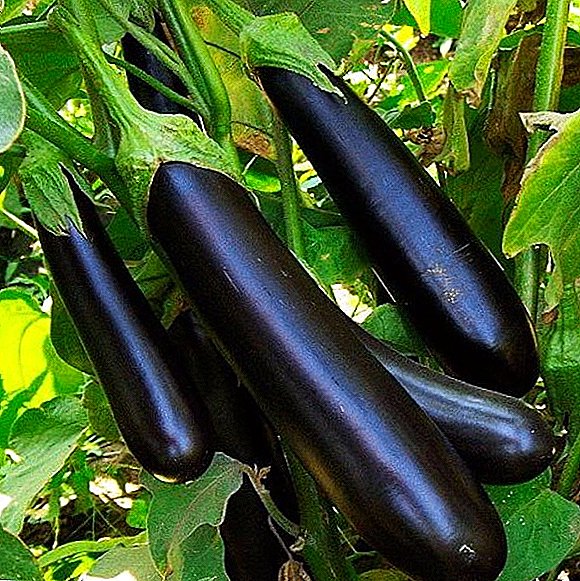 In order to increase productivity, as well as improve sanitary conditions, slaughter and further processing of poultry should be carried out on special conveyor lines.
In order to increase productivity, as well as improve sanitary conditions, slaughter and further processing of poultry should be carried out on special conveyor lines.
Hanging on conveyor
One of the first and important stages is hanging the bird on the conveyor. This is preceded by catching and preliminary fasting for 24 hours. The animals are then delivered to the workshop, where workers manually hang them on the hooks of the conveyor by the legs.
In this position, they must be at least 1.30 minutes in order to calm the birds, which is very important at the subsequent processing stages. 
Stun (immobilization)
Then, using, for example, an electric current, the bird is stunned. At this stage, it is necessary - stunning, this procedure allows you to immobilize, but it does not stop the heart.
Feature design devices for immobilization is that an auxiliary element in the process is water. The head of the animal is lowered into the water and the voltage is held for 3-6 seconds. This method is considered more humane.
Important! The voltage should not be too high (up to 900 V), otherwise the work of the cardiovascular system will be disturbed, leading to the death of the animal.
 Mechanical stunning or stunning with carbon dioxide is also possible. The first method is referred to as more accessible and not requiring special equipment for cutting poultry.
Mechanical stunning or stunning with carbon dioxide is also possible. The first method is referred to as more accessible and not requiring special equipment for cutting poultry.It is carried out with the help of a blow with a hard object on the frontal part of the head, while it is very important to calculate the force of the blow in order only to stun and not kill the animal.
In the West, the use of gas anesthesia is widespread; for this purpose, the bird is placed in an enclosed area and carbon dioxide is released, after which the animals are immobilized as a result of asphyxiation for 3-5 minutes.
You will probably be interested in how the process of slaughter pigs.
Slaughter
The technology of poultry slaughter can be divided into 2 ways: manual and automatic.
Manual slaughter is carried out in an external or internal way; for this purpose, the blood vessels are opened with a sharp knife or scissors.
The external method allows to mechanize this process with the help of equipment for slaughtering poultry of various designs, which are widely represented on the market and are available to farmers. 
Exsanguination
The most important thing at this stage is that the bird's heart continues to function, in which case a good outflow of blood is ensured up to 2/3.
It is held over a special tray in a tiled tunnel for 2-3 minutes and no later than 30 seconds after stunning. Properly drained carcass - a guarantee of quality product at the exit.
Important! In case of improper discharge of poultry, the meat is discarded. It loses its presentation and is stored worse.
Scalding
Next, heat treatment is performed to loosen pen retention in the pen bag. This is necessary so that the plumage is easily removed with the help of special machines. There is a soft and hard scalding.
Each of them has its advantages and disadvantages. The soft mode is good because the epidermis is not disturbed, the skin is absolutely not damaged and the carcass retains its attractive appearance.  However, the feathers are rather poorly removed, and manual additional tilting of the bird is required, which will entail additional labor and, consequently, costs. The hard mode helps to ensure a fully mechanical flap, as with its use the feathers are very easy to remove.
However, the feathers are rather poorly removed, and manual additional tilting of the bird is required, which will entail additional labor and, consequently, costs. The hard mode helps to ensure a fully mechanical flap, as with its use the feathers are very easy to remove.
But at the same time the epidermis is completely damaged and the skin loses its presentation, in order to avoid this, additional processing will be required, more precisely cooling in cold water, this will help to maintain the normal appearance of the carcass that meets quality standards.
Did you know? Carcasses scalded using a mild regimen are much better stored, due to the fact that a favorable environment for the development of organisms on damaged skin does not form.
Feather removal
Plucking birds is carried out with the help of specialized equipment, most often used bilny and slightly less disc and centrifugal machines. The principle of operation of these mechanisms is the organization of the friction force, which must exceed the force with which the pen is held in the carcass.  After carrying out this procedure, the bird on the conveyor belt is sent to a manual dooshipka, where all feathers are removed. And the final stage is the processing on the conveyor with a gas torch, which allows you to achieve smooth skin without damaging it.
After carrying out this procedure, the bird on the conveyor belt is sent to a manual dooshipka, where all feathers are removed. And the final stage is the processing on the conveyor with a gas torch, which allows you to achieve smooth skin without damaging it.
Did you know? Technological waste is used to prepare bone meal, which contains a large amount of protein and is used for feeding adult birds.

Gutting
The process of gutting is also fully mechanized. It flows on a conveyor above a specific gutter construction. This allows you to automatically separate the offal for further processing.
There is also a special machine for trimming the feet in the tarsus joint. After evisceration, a veterinary examination is carried out. Qualitatively gutted carcasses make it possible to obtain a high expert assessment, as well as properly separating giblets, which will later be marketed or will be used to make fodder. 
Learn more about raising broilers, laying hens, redbro, Sussex, Fireol and Viandot chickens.
Cooling
The obligatory stage is the washing of the eviscerated carcasses, which is carried out with the help of the washing and shower machines and shower chambers, and the internal cleaning is carried out with the help of a nozzle hose.
After that, the carcass is cooled in water or in the open air to 4 °. This contributes to better storage of meat in the future, protects it from the development of harmful microorganisms. After this procedure, the carcass is dried on a conveyor and sent to the package.  The poultry slaughter line is fully mechanized and mostly does not require additional labor costs. Thanks to a wide choice of different machines, you can get high-quality meat at the output, without using additional labor.
The poultry slaughter line is fully mechanized and mostly does not require additional labor costs. Thanks to a wide choice of different machines, you can get high-quality meat at the output, without using additional labor.




